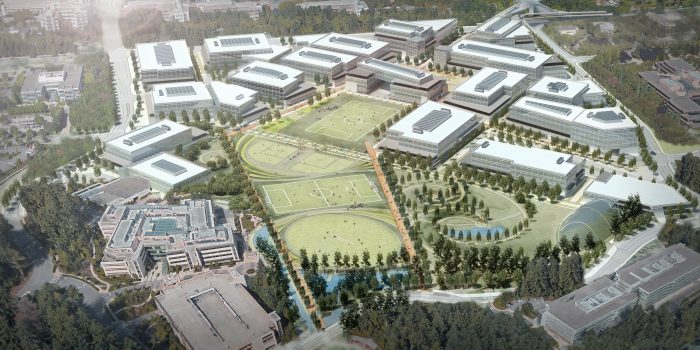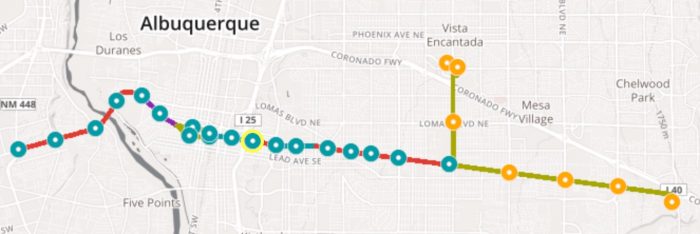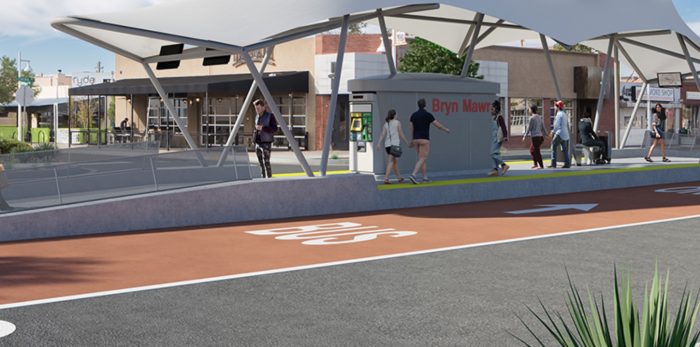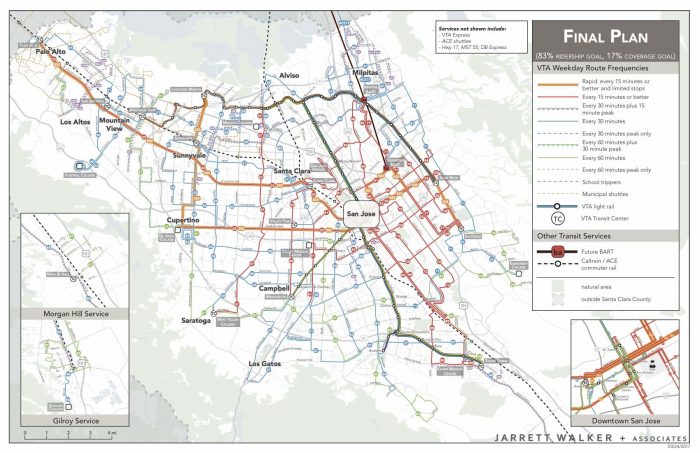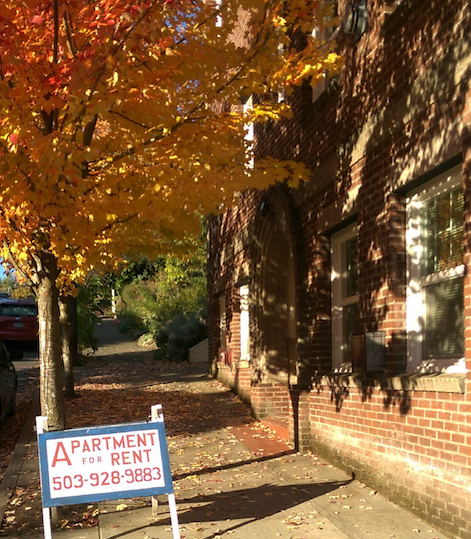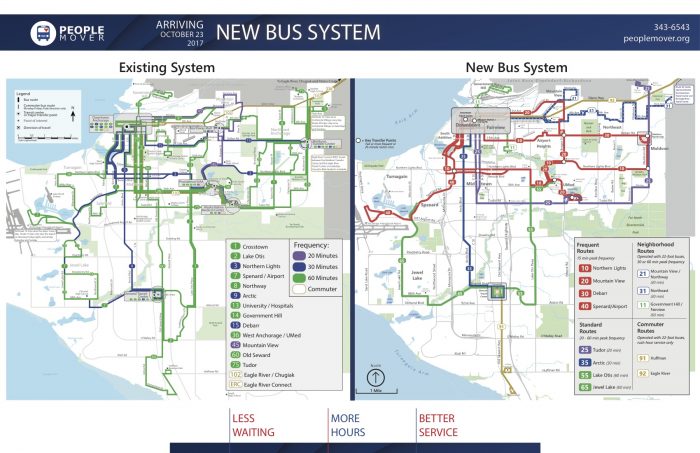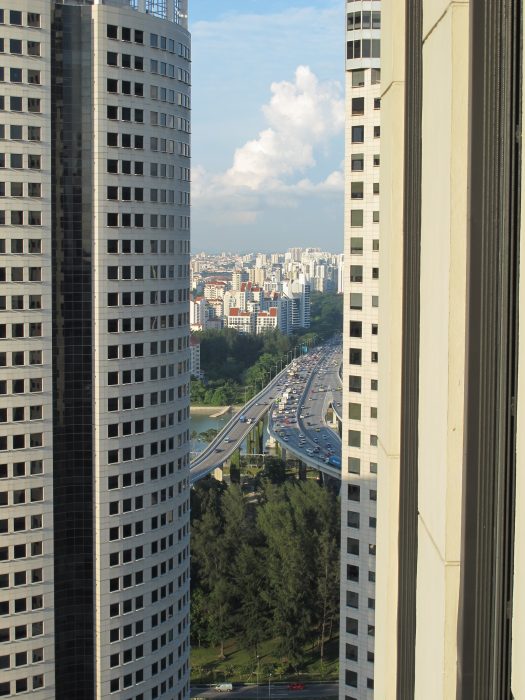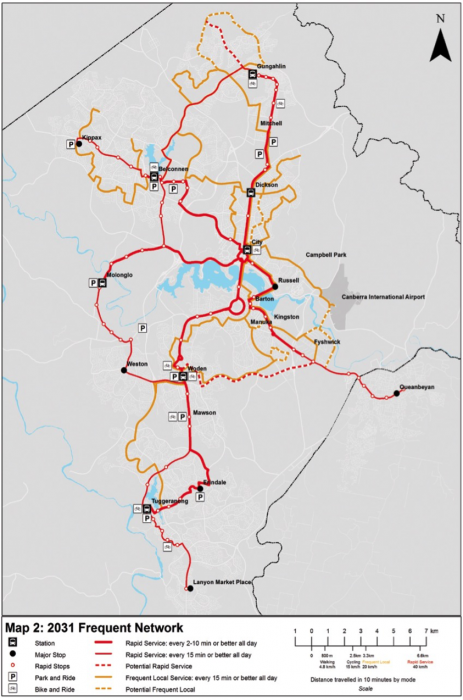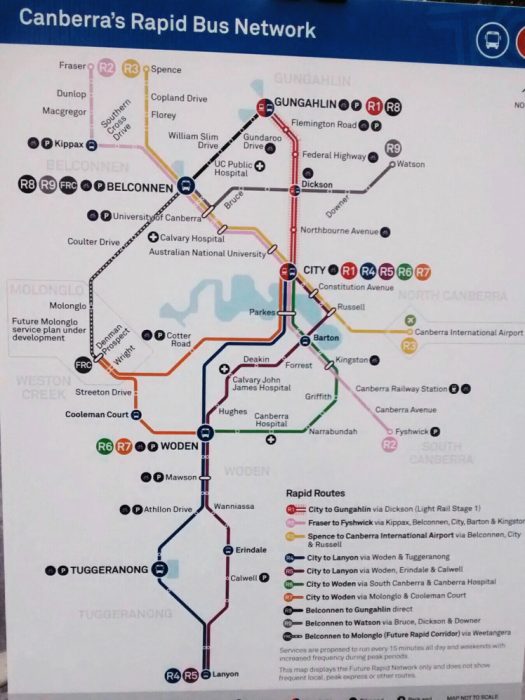It’s popular to claim that what’s wrong with transit is that transit agencies “don’t listen” to riders or potential riders, and that doing so would produce better transit service. Is this true?
In some respects, and in some agencies, I’m sure it is. But the implied accusation here can also be false and misleading.
Most transit agencies I know put a lot of effort into getting and managing input from the public, both riders and non-riders. The problem is not that agencies aren’t listening. It’s that most of the things they hear are not things that the they can do something about, or at least not without harming other people. As a result, they don’t appear to be doing anything in response to what they hear, which can feed the idea that they didn’t listen.
In fact, one of the most common mistakes in transit planning — a mistake encouraged by too many elected officials — is to change something in a way that satisfies a noisy complaint but makes the service worse for everyone else. This is exactly why the simplicity and usefuless of bus systems tends to deteriorate over time — requiring the occasional intervention of a network redesign.
There are really four problems here:
- Public feedback processes can never represent people who are busy. Have you ever attended a public meeting where everyone who came to give comments was either retired or unemployed? Probably not, because you’re too busy, but I have been to maybe 100 such meetings as a professional. We love retired and unemployed people too, but a transit system designed around the tastes of people with lots of spare time is likely to be different from one designed for busy people. The more time it takes to submit a comment, the worse this distortion is, so it’s worst in public meetings and much better with web surveys, intercept surveys and so on. Still, any kind of listening requires a busy person to engage, so busy people will be under-represented. And most people are busy.
- Public feedback tends to be low-altitude. It expresses desires and aversions about specific bus routes or stops, or some detailed aspect of the service. Sometimes these can be addressed at their correct micro scale, but again, often the result is harm to someone else. And it’s hard to derive any useful advice about the big policy decisions a government must make from this kind of input.
- Public feedback tends not to talk about priorities, but only about desires and aversions. For example, most unstructured public comments will say “spend more here” without saying where the agency should spend less.
- Public feedback is often laced with abuse. Because so many public comments are not actionable for the reasons outlined above, some members of the public assume that this inaction means that the transit agency isn’t listening, and that they therefore need to yell louder. And of course, many people are also just angry about other things and direct this anger at anyone who seems to be in authority. (Bulletin: There is a lot of agony and rage in society, especially in the US, for many good reasons that your transit manager can’t do much to fix.)
I have been listening to public comments about transit for 25 years — and making them for 15 years before that — so trust me when I say that these patterns are really obvious. I do not want to imply that agencies are perfect in how they respond to comments, but I do know that they work harder at this than almost anyone gives them credit for.
Our firm knows of some ways to work with these problems, and we are delighted to see these strategies used more widely. To put it simply, we never ask the public to tell us what they want. We ask them to tell us about priorities: How would you choose between this or that? If you want more of this, what should there be less of? We also put a lot of effort into helping people gain altitude, which means thinking about your personal complaint or idea might be an example of a bigger principle worth talking about. Many transit problems — including good network redesign — can only be fixed by first viewing them at a high altitude, looking at the structure of the entire city or the policies that govern the transit agency. So we need to help people come to the necessary altitude to influence those decisions at the scale where they actually occur.
For this reason, our studies rely heavily on groups of invited stakeholders, who are selected because they (a) represent lots of other people, (b) collectively represent the diversity of the community, and (c) have the time and professional interest to focus on the problem. These stakeholders get an intensive education in the high-altitude questions that govern a network design, and the opportunity to have input on them. In return, they commit to represent the study to their own communities of interest — by presenting to whatever groups they represent and helping those groups to engage. This isn’t perfect, but it’s the least bad way we know of to get input at the right altitude — which requires some education and focus — while still hearing about the experience and perspectives of a diverse public.
Of course, this is only a part of a strategy that also includes a lot of web-based surveying of the public, sometimes with both brief and long surveys to reward different levels of attention and curiosity.
All this is hard, and the outcomes are never perfect, and someone, somewhere is always still angry at the end, but it’s the least bad way we’ve found to have an inclusive and respectful conversation that still reaches a decision, so that something can change for the better.
So be careful about accusing your transit system of not listening. If anything, the problem is often that they listen too passively, rather than reaching out and asking the public the hard questions about priorities that would help them know what’s really expected of them. And remember, public outreach is incredibly hard and the people who do it get yelled at no matter what they do. Be kind.
